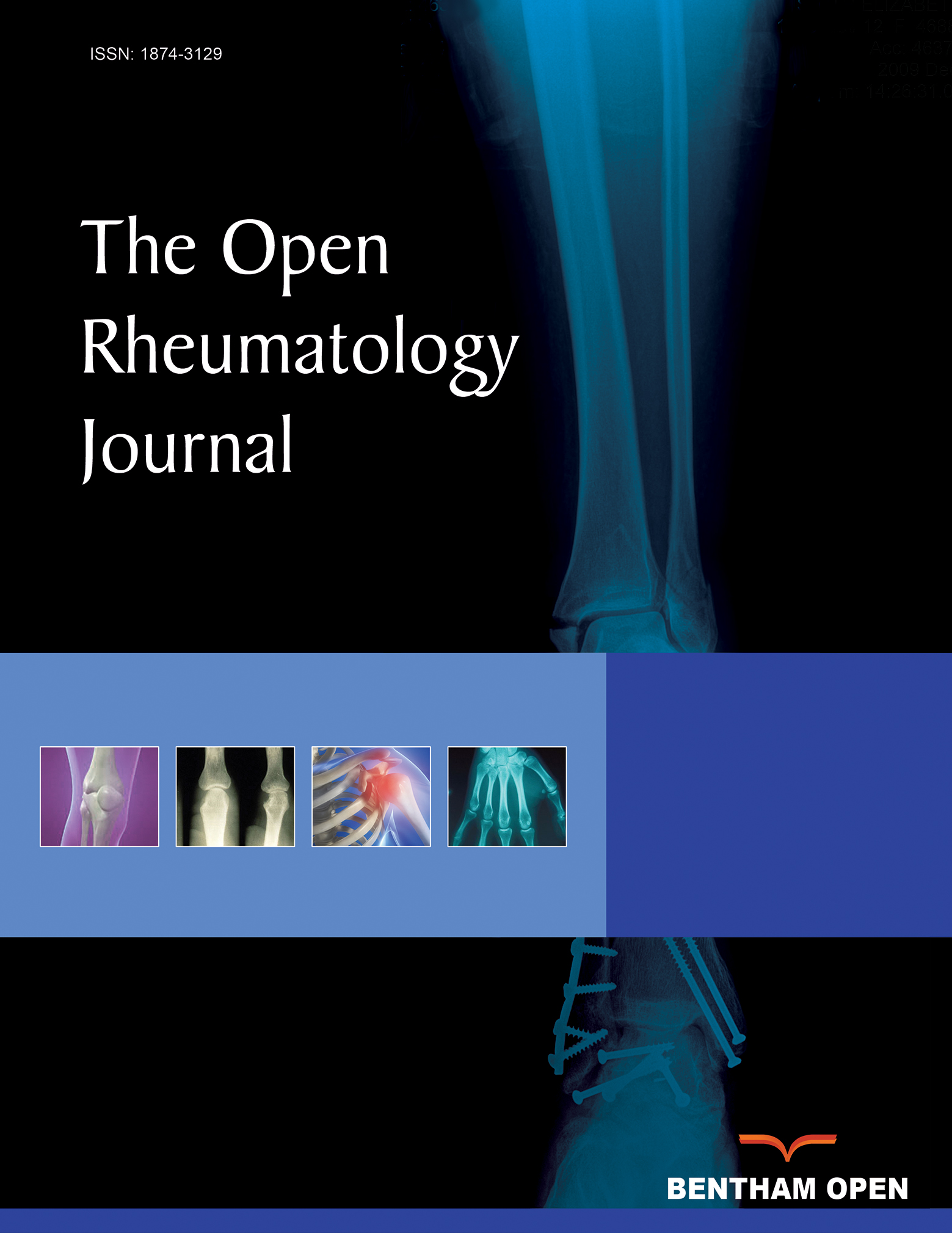All published articles of this journal are available on ScienceDirect.
Multiple Membrane Transporters and Some Immune Regulatory Genes are Major Genetic Factors to Gout
Abstract
Gout is a common form of inflammatory arthritis caused by hyperuricemia and the deposition of Monosodium Urate (MSU) crystals. It is also considered as a complex disorder in which multiple genetic factors have been identified in association with its susceptibility and/or clinical outcomes. Major genes that were associated with gout include URAT1, GLUT9, OAT4, NPT1 (SLC17A1), NPT4 (SLC17A3), NPT5 (SLC17A4), MCT9, ABCG2, ABCC4, KCNQ1, PDZK1, NIPAL1, IL1β, IL-8, IL-12B, IL-23R, TNFA, MCP-1/CCL2, NLRP3, PPARGC1B, TLR4, CD14, CARD8, P2X7R, EGF, A1CF, HNF4G and TRIM46, LRP2, GKRP, ADRB3, ADH1B, ALDH2, COMT, MAOA, PRKG2, WDR1, ALPK1, CARMIL (LRRC16A), RFX3, BCAS3, CNIH-2, FAM35A and MYL2-CUX2. The proteins encoded by these genes mainly function in urate transport, inflammation, innate immunity and metabolism. Understanding the functions of gout-associated genes will provide important insights into future studies to explore the pathogenesis of gout, as well as to develop targeted therapies for gout.


